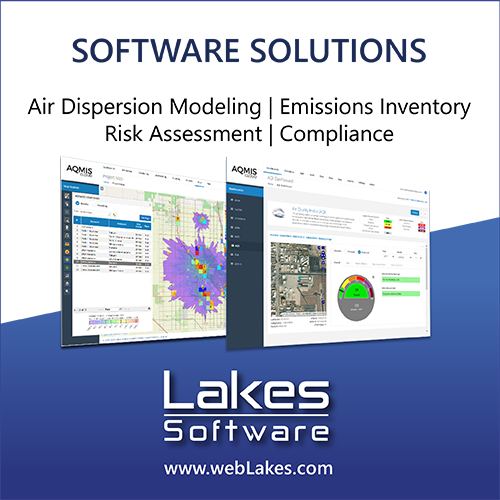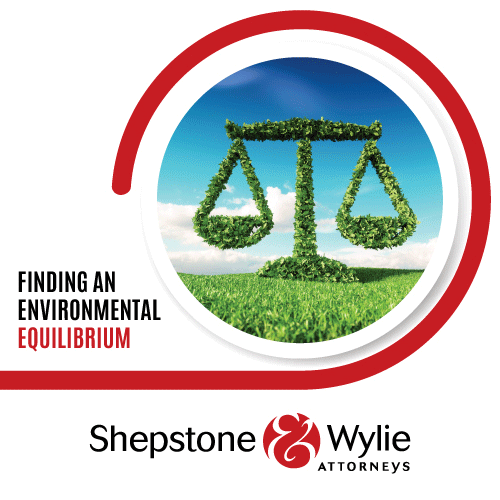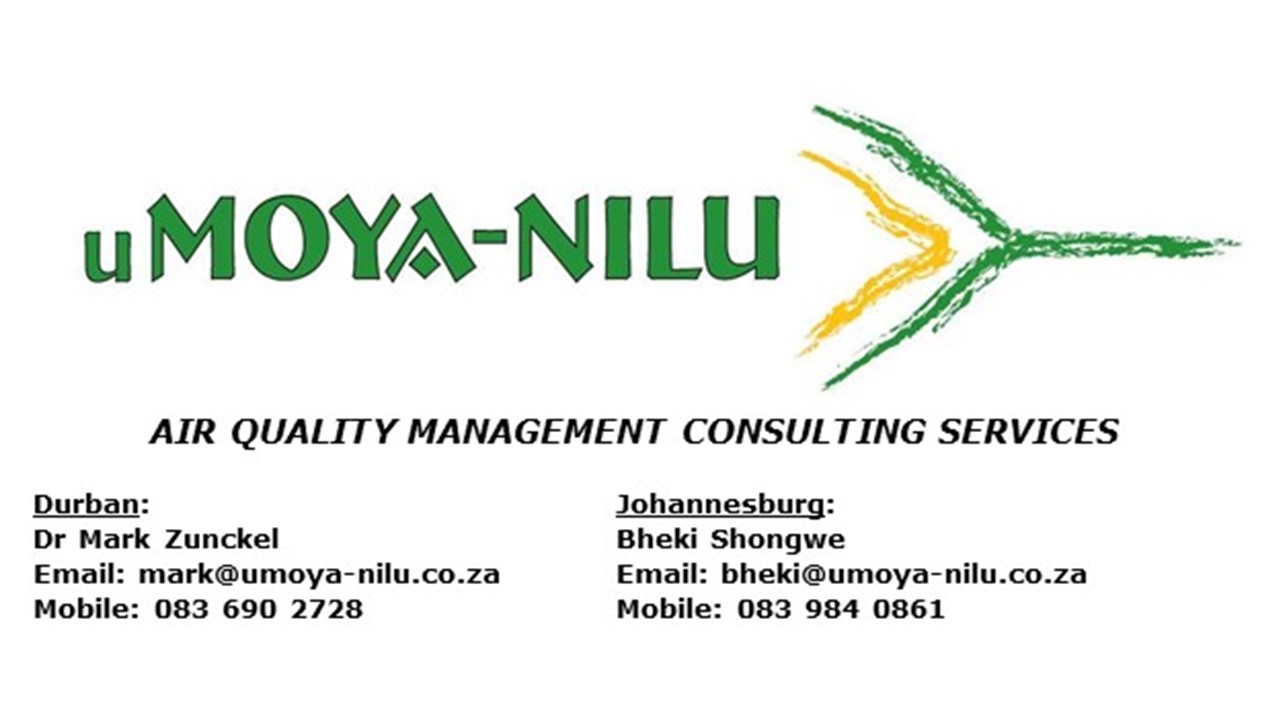SUBSURFACE GAS GENERATION AT A LANDFILL IN JOHANNESBURG
DOI:
https://doi.org/10.17159/caj/2010/18/1.7079Keywords:
Landfill gas, methane, carbon dioxide, subsurface probesAbstract
Landfill gas (LFG) consisting of 50-60 % v/v CH4 contributes to global greenhouse gas emissions as well as to local air pollution and nuisance odours; in addition, the uncontrolled subsurface migration of LFG can pose an explosion hazard. LFG is explosive mostly due to its CH4 content. CH4 is explosive at concentrations of 5-15 % in air. Venting of the gas to the atmosphere prevents any explosion risk; however, the concern lies with the lateral migration of CH4 through soil and along cracks and its subsequent accumulation. This highlights the importance of subsurface LFG monitoring. In this study, subsurface LFG generation is measured at a solid waste disposal site situated approximately 20 km west of Johannesburg. The results of three first-order kinetic models (to estimate LFG generation) for the site are compared. The three models are LandGEM, GasSim and the IPCC model contained in the 2006 UNFCCC 2006 National Inventory Guidelines for waste. High LFG concentrations are recorded along the northern boundary of the site (exceeding 60% v/v). Modelled LFG generation simulations are slightly higher from LandGEM whilst the IPCC Waste Model predicts the lowest concentrations.
Downloads
Downloads
Published
Issue
Section
License

All articles are published under a Creative Commons Attribution 4.0 International License; copyright is retained by the authors. Readers are welcome to reproduce, share and adapt the content without permission provided the source is attributed.








.png)